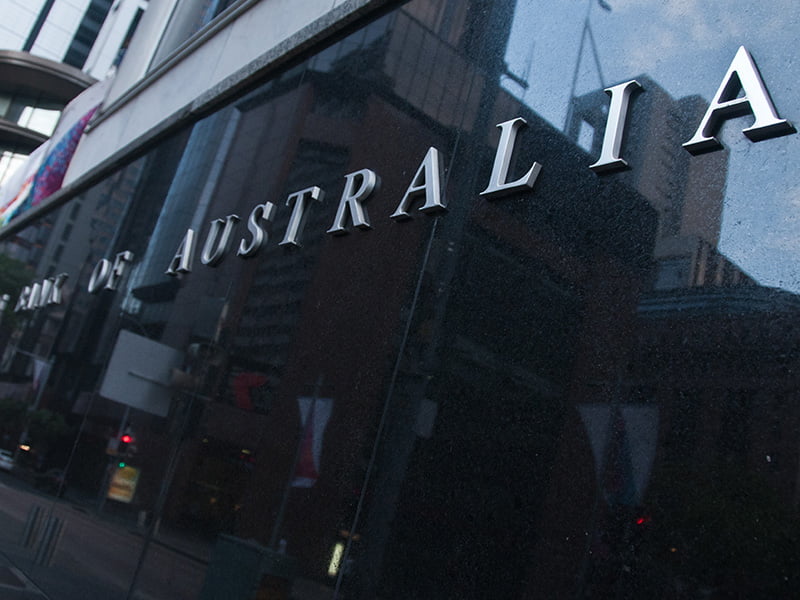Australia’s central bank could be given new powers to regulate digital wallets like Apple Pay, with the bank already looking to impose least cost routing requirements on providers for in-store payments within two years.
The federal government has also proposed a framework for the licensing and regulation of crypto service providers as soon as next year, following the downfall of cryptocurrency exchange FTX last month.
The changes are just some of the wide-ranging reforms proposed to modernise the payments system, which has not kept pace with the arrival of new digital products and services, including from the likes of Afterpay, Apple and Google.
A review of the payment system last year recommended greater regulatory oversight, including new powers for the Treasurer to “direct regulators to develop regulatory rules and… give binding directions to operators of, or participants in, payment systems”.

The federal government on Wednesday began consulting with industry, regulators and consumer and business advocacy groups on the “first step” of the reform agenda: a long-term strategic plan for the payments system.
The plan, which is expected to be released in the first quarter of 2023 and reviewed annually, will provide “clarity on the government’s policy objectives and priorities for the payment system”, according to the consultation paper.
One of the first priorities is updating the Payment Systems (Regulation) Act (PSRA) to ensure the RBA has the “ability to regulate new and emerging payment systems, such as digital wallet providers”, the government said.
Digital wallet providers are currently not subject to the legislation, making it difficult for the government and the RBA to take action against operators at a time when the payment method is continuing to grow.
Newly released figures show digital wallets now account for more than 25 per cent of all card transactions, up from 10 per cent in March 2020. At the same time, banks are now estimated to be paying more than $110 million in fees to Apple from digital wallet transactions each year.
The plan is expected to “provide a roadmap implementing reforms to the PSRA, including proposed timing for consultation and legislation”, with the consultation paper noting that the “expanded regulatory perimeter could enable the RBA to mandate LCR [least cost routing] for digital wallets”.
LCR – which gives merchants the ability to choose to send transactions via the debit network that cost them the least to accept – is another focus of the reform agenda to reducing small business transactions costs.
In recent month, the Reserve Bank of Australia has been consulting with digital wallet providers, as well as issuers, acquirers and terminal providers on LCR, with the central bank now of the “view that it would be both feasible and desirable” for such functionality to be delivered by the end of 2024.
“The next step is for the mobile wallet providers to finalise their plans and share these plans with the industry so that the necessary investments across the payments ecosystem can get under way,” RBA governor Philip Lowe said in a speech to AusPayNet’s annual summit on Wednesday.
Further consultation on the PSRA updates, as well as a new “ministerial designation power that would allow particular payments services or platforms that prevent risks of national significance to be subject to additional oversight”, are planned for early next year.
The strategic plan now out for consultation will also seek to strengthen regulation to ensure that risks to payments infrastructure such as technological outages and cyber-attacks are “appropriately managed”, as well as explore the policy rational for a central bank digital currency.
It will also encompass efforts underway to regulate the Buy Now Pay Later providers, which the government began consulting on separately late last month. Three options have been canvassed, including continued self-regulation of the sector.
The government is also planning a framework for the licensing and regulation of crypto service providers in 2023, with a future consultation paper to inform what digital assets will be regulated through new legislation.
Announcing the consultation paper on Wednesday, Treasurer Jim Chalmers said Australia’s regulatory frameworks “haven’t kept up” with today’s “fast moving” and “dynamic” financial services sector.
“The digital age has brought new opportunities and risks to finance. Our plan is about opening up space for further innovation while making sure we have the right regulatory approach in place to keep consumers, businesses and the system safe,” he said.
Australia’s national fintech association, FinTech Australia, welcomed the “clear roadmap for a package of long-awaited reforms to the Australia payments system” but urged the government to accelerate its work.
“We may need to pick up the pace of future policy work for this sector in order to stay ahead of significant shifts in the global payments sector. This is crucial, as the work here also underpins efforts in many other areas of fintech too,” FinTech Australia general manager Rehan D’Almedia.
“For our members, a key element of this plan will be a single tiered payment licensing system… This will reduce uncertainty and simplify the regulatory framework for innovative companies looking to bring new and competitive payment products to market in Australia.
“We are currently seeing a range of overlapping reforms and initiatives to facilitate the broader digital economy transformation. This strategic plan will ensure the payments system aligns with and supports these developments, across areas like the Consumer Data Right and digital currency.”
Do you know more? Contact James Riley via Email.

